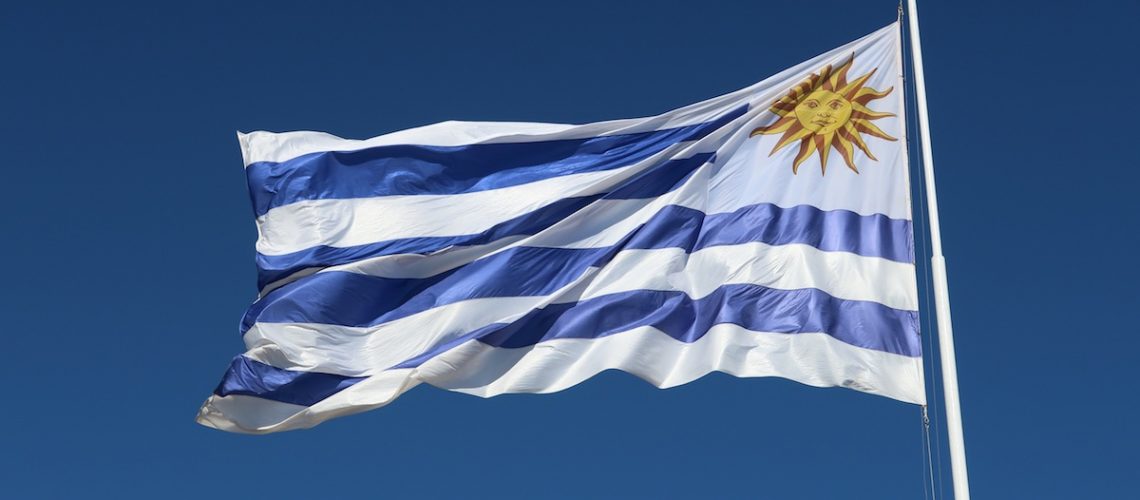Uruguay, or more specifically Colonia del Sacramento, is just across the Rio de la Plata from Buenos Aries. When I say ‘just across’, the River Plate is some 50km wide at this point. A little further downstream, at it’s mouth, it becomes the widest river in the world where it is 200km wide!
A speedy ferry whisks you across to Colonia, along with hundreds of Argentinians. Being only an hour away, it’s a popular day or weekend trip for those wanting to escape the bustle of the big city for a while.
And when you arrive you can see why. Colonia has a small Barrio Historico (historical district) jutting out into the river on a small peninsula. Old cobbled streets, with old houses painted in different colours link plazas lined with cafés. The plazas and streets themselves are lined with row upon row of huge sycamore trees. As it was autumn in Uruguay, the leaves covered all hues from green through to yellow and brown. All of this was stunningly contrasted against the clear blue sky.
In all honesty there’s not a lot to do here. Historically, the town was hotly contested by the Spanish and Portuguese. Founded in 1680 by the latter as a rival to Spain’s trade monopoly centred on Buenos Aires, many battles were fought over the town. Spain finally gained ultimate control in 1777 when its importance started to decline.
Just as interesting is Uruguay’s economy and status in South America. Although it is one of the smallest countries in South America, it has a land mass still greater than that of England and Wales combined. But it is very different to its more massive neighbours. It is one of the most stable and safest of the Latin American countries. With a progressive leftist government since the early 2000’s it has led the way by legalising same sex partnerships, same sex marriage and the legalisation of marijuana (for personal use, selling is still illegal). It is also championing the use of renewable energy sources. According to Guillermo (our new guide from Buenos Aries) 90% of electricity in the country is sustainable, being produced through wind farms, solar or bio diesel.
We only had one night in Colonia, and that is probably enough. A chilled afternoon strolling amongst the autumn trees and sitting in the sun in a plaza eating lunch feels a million miles from the big city.
